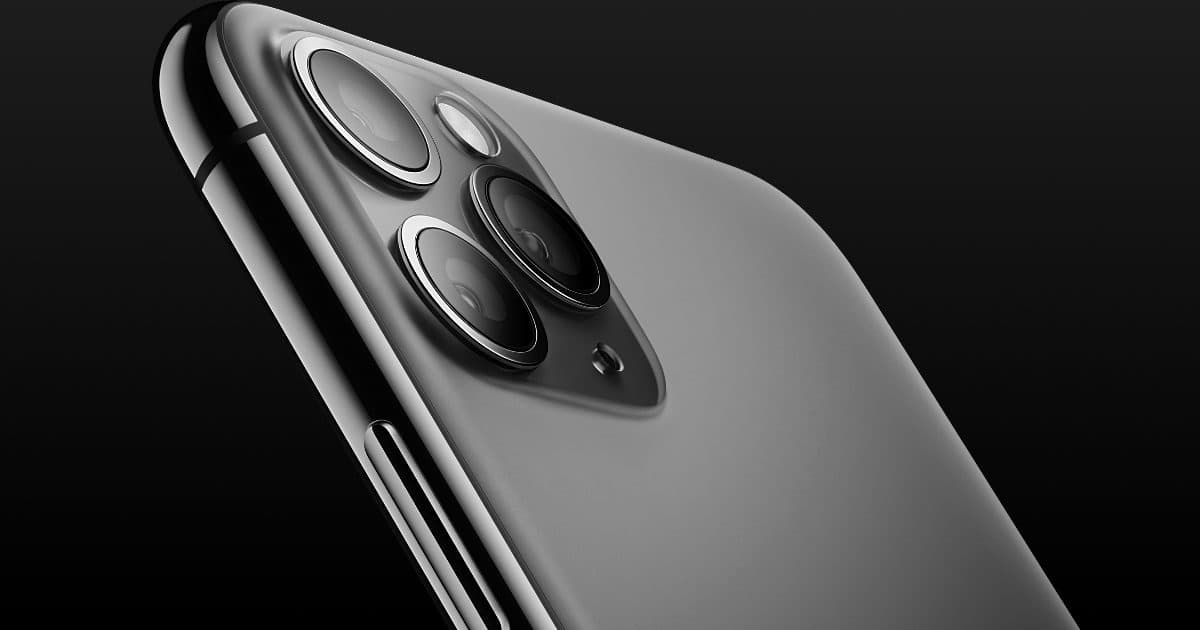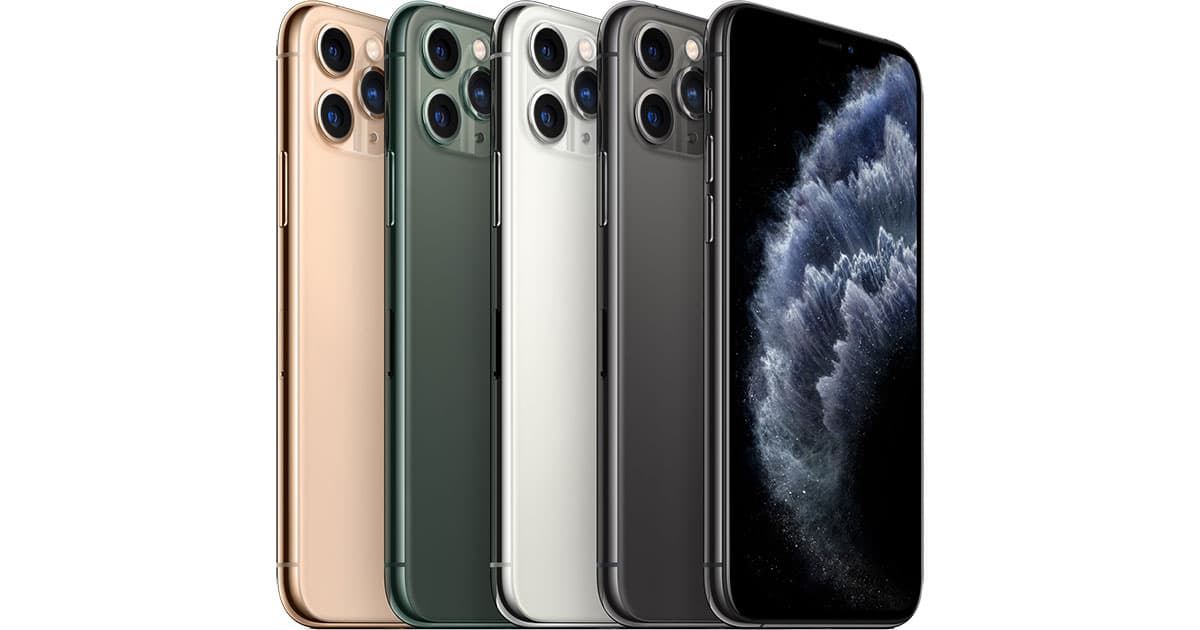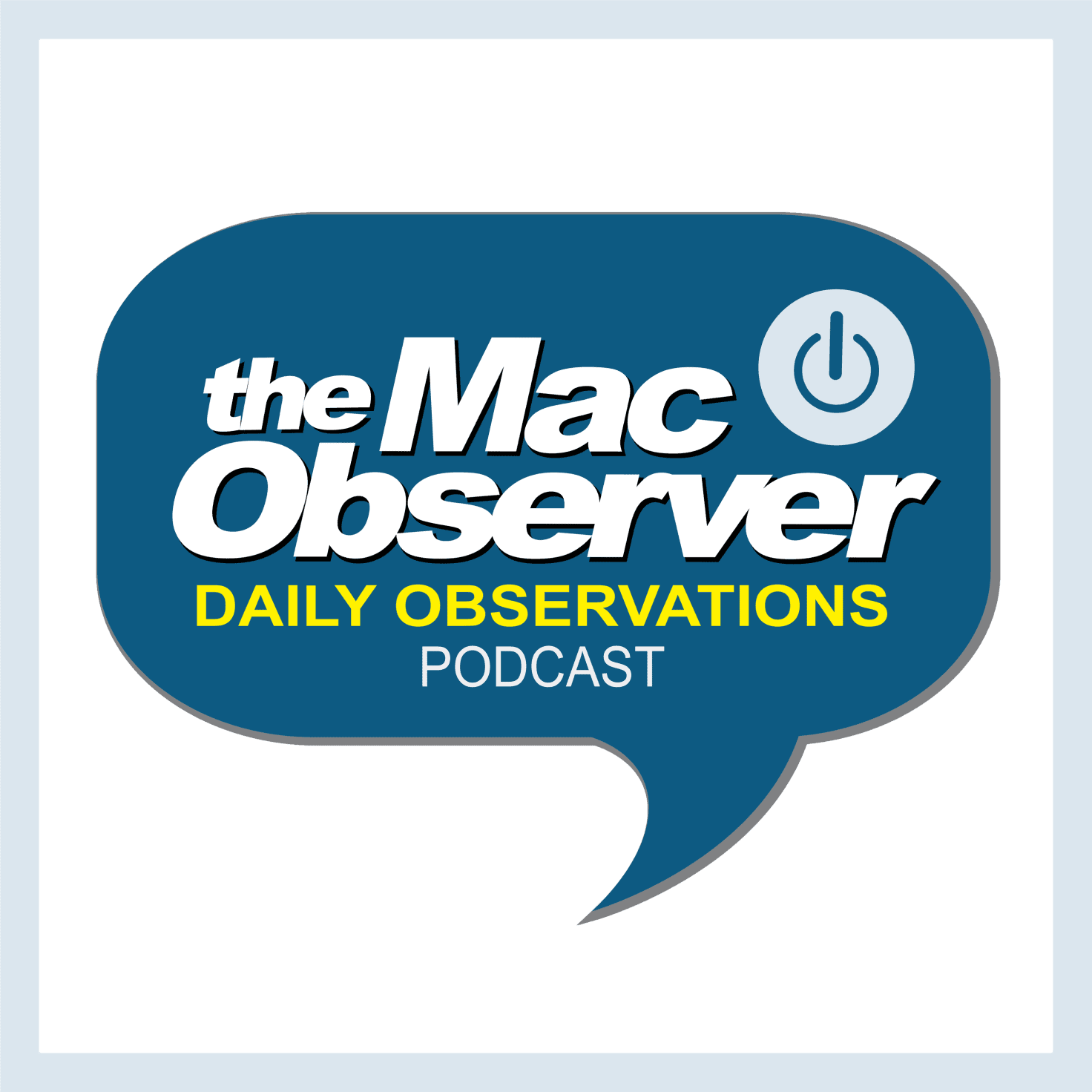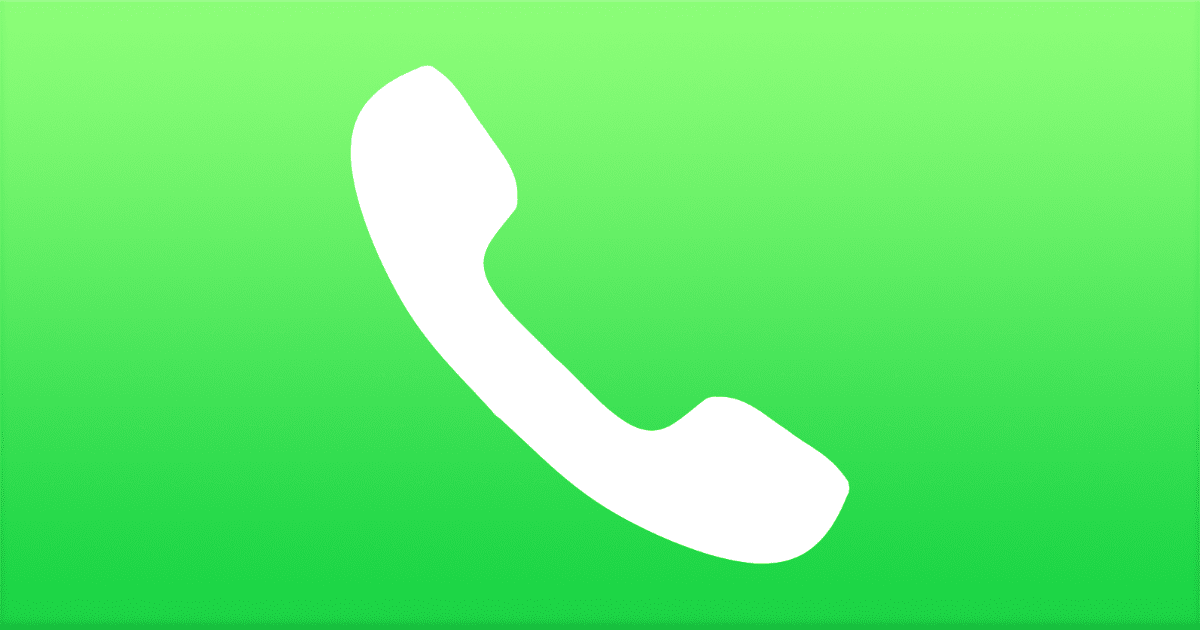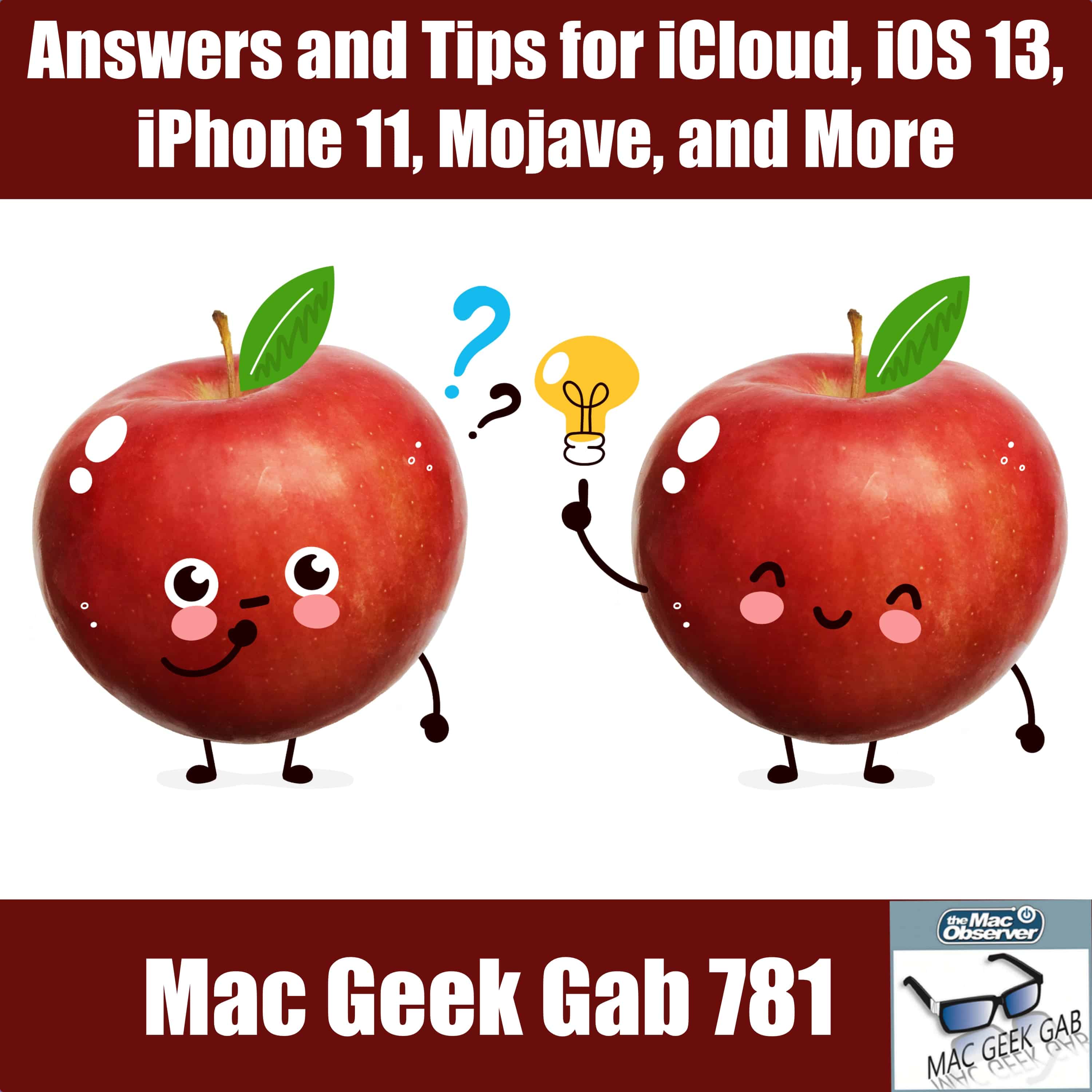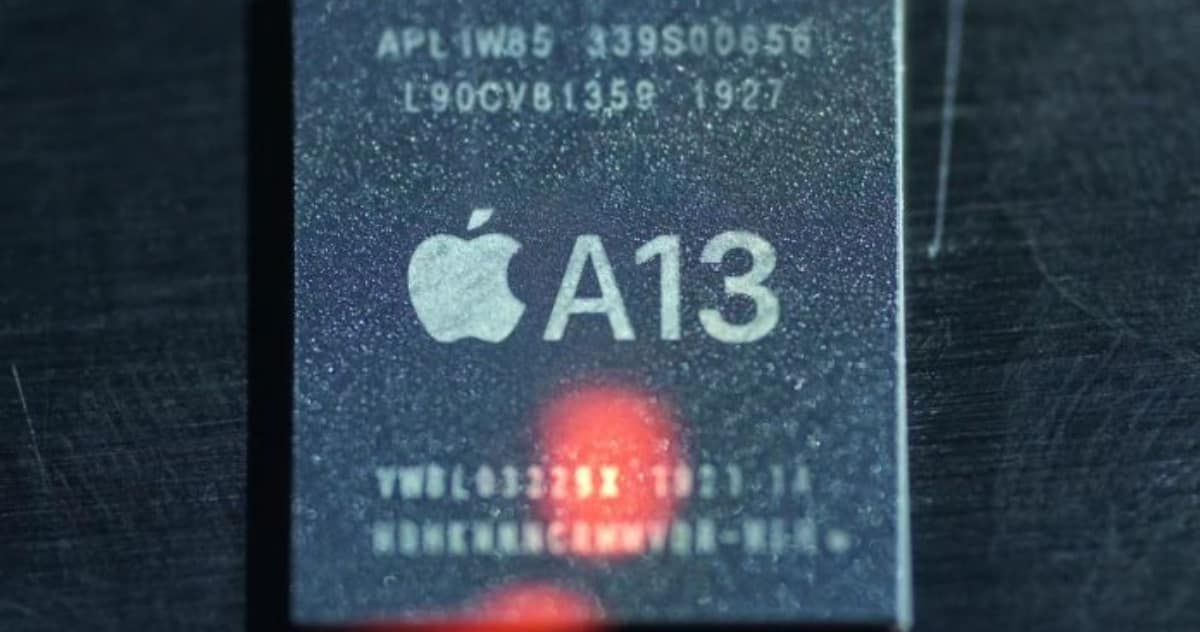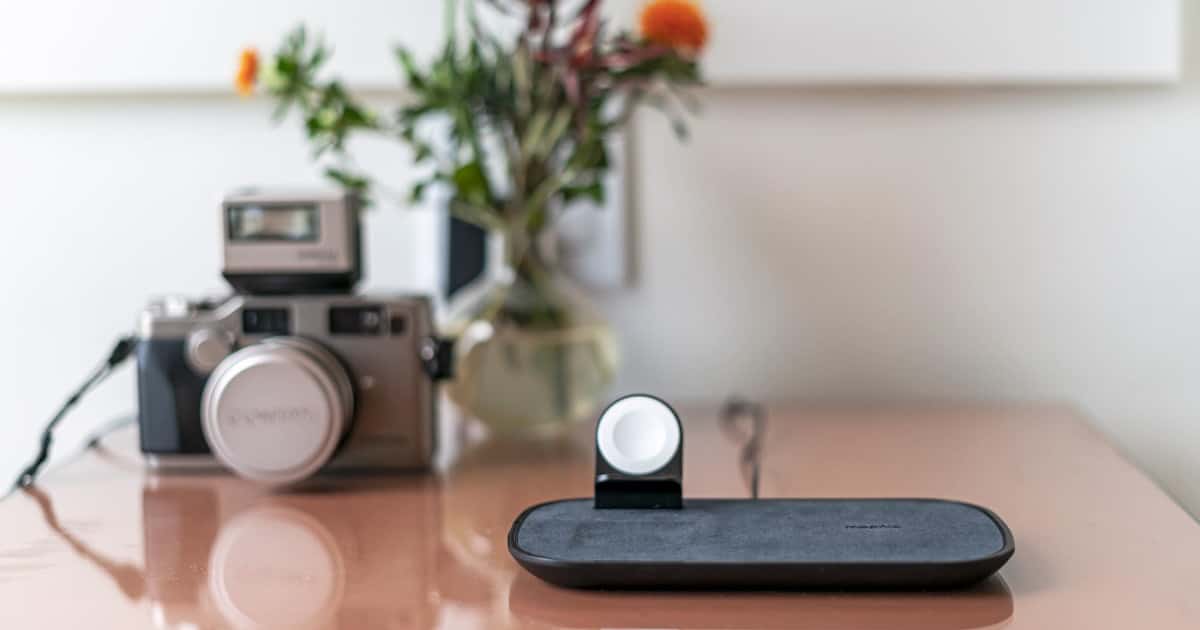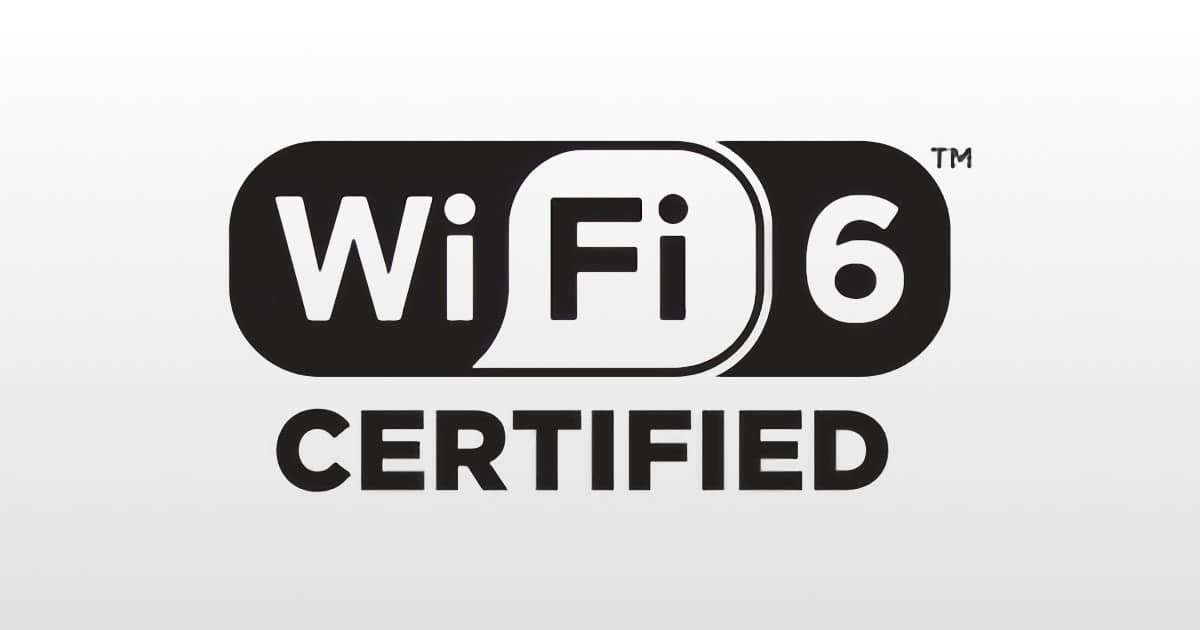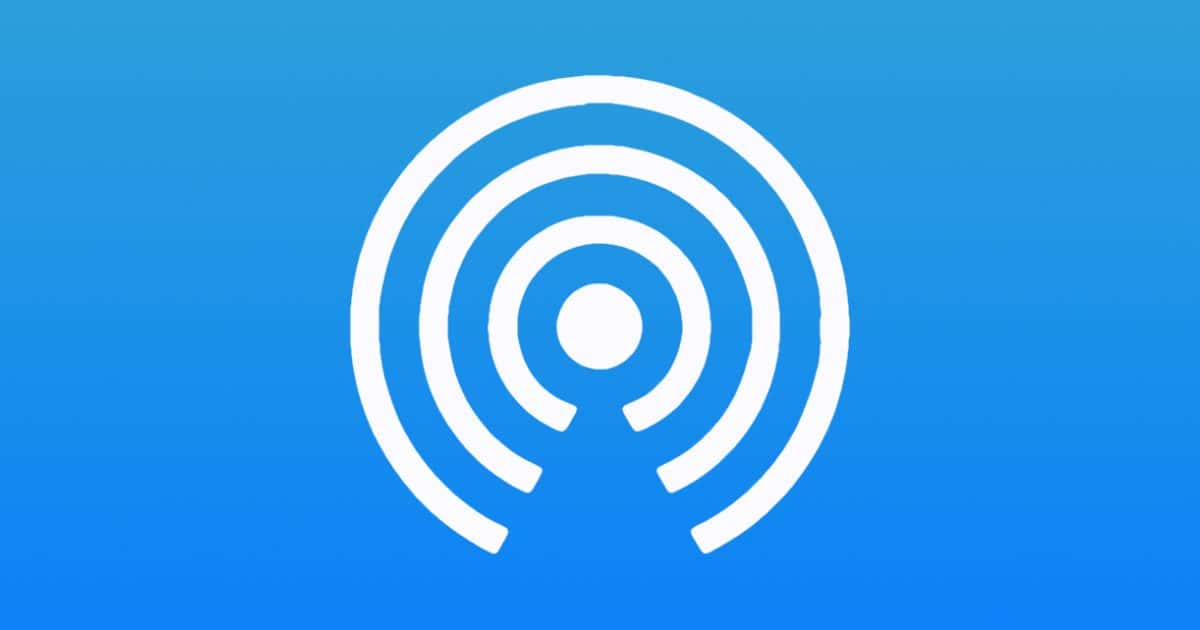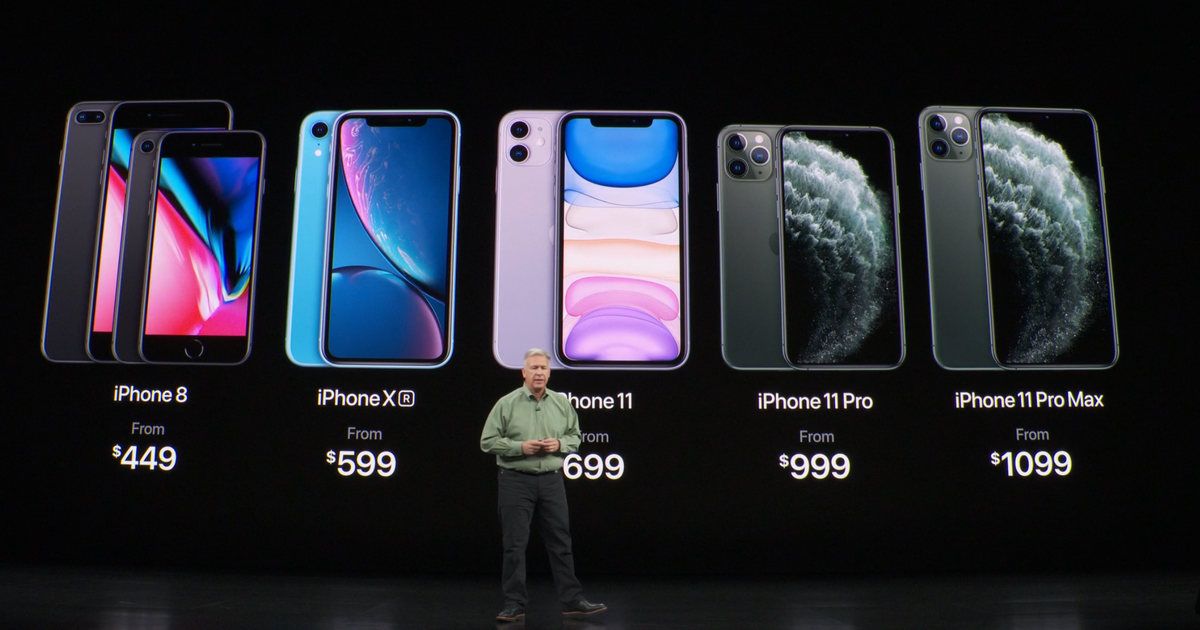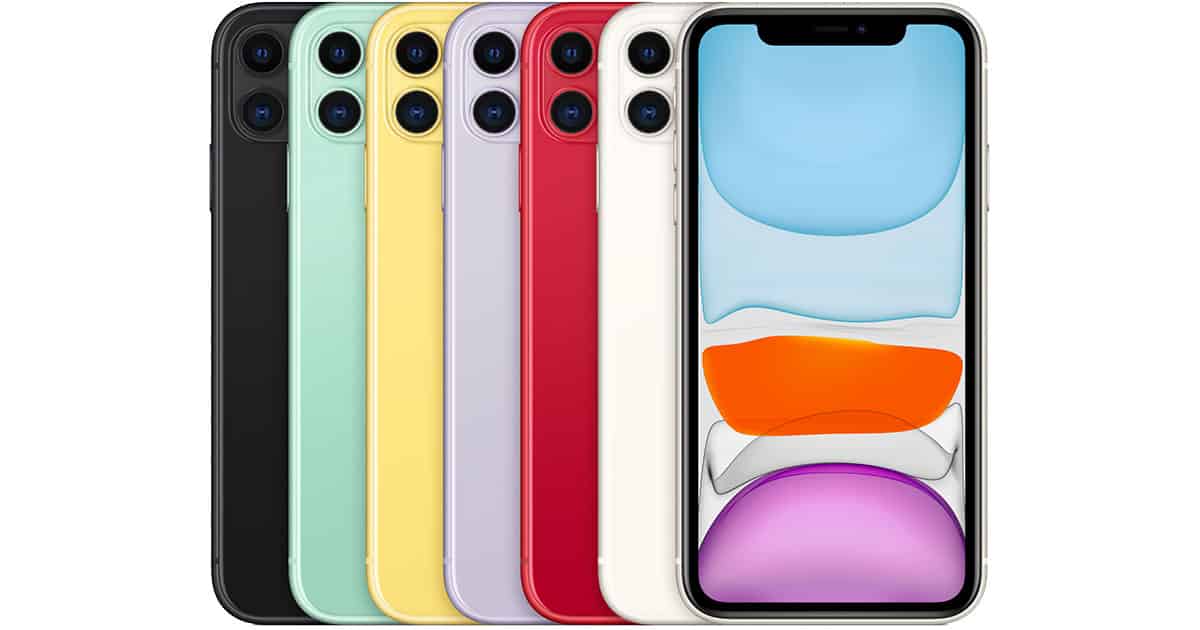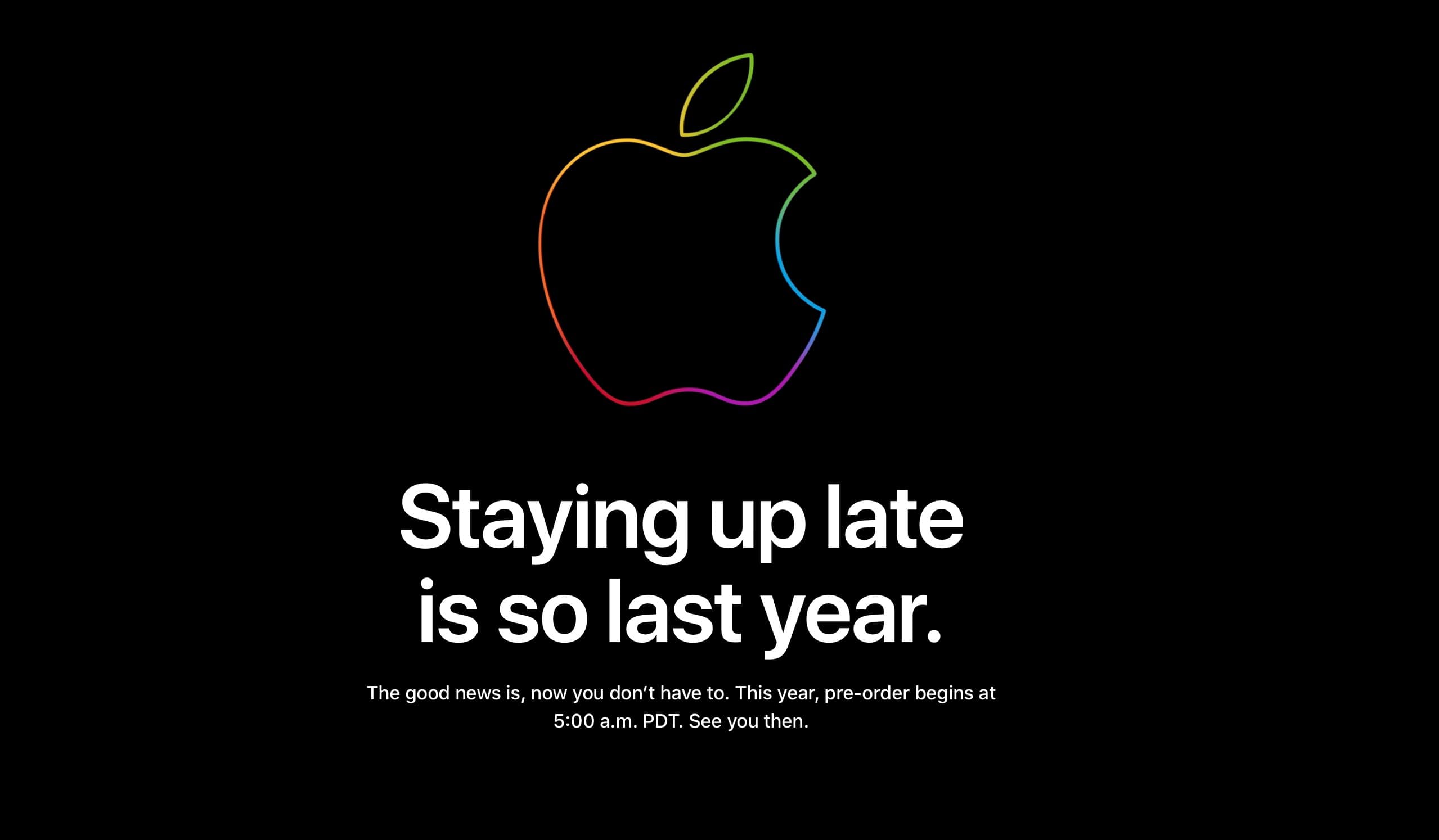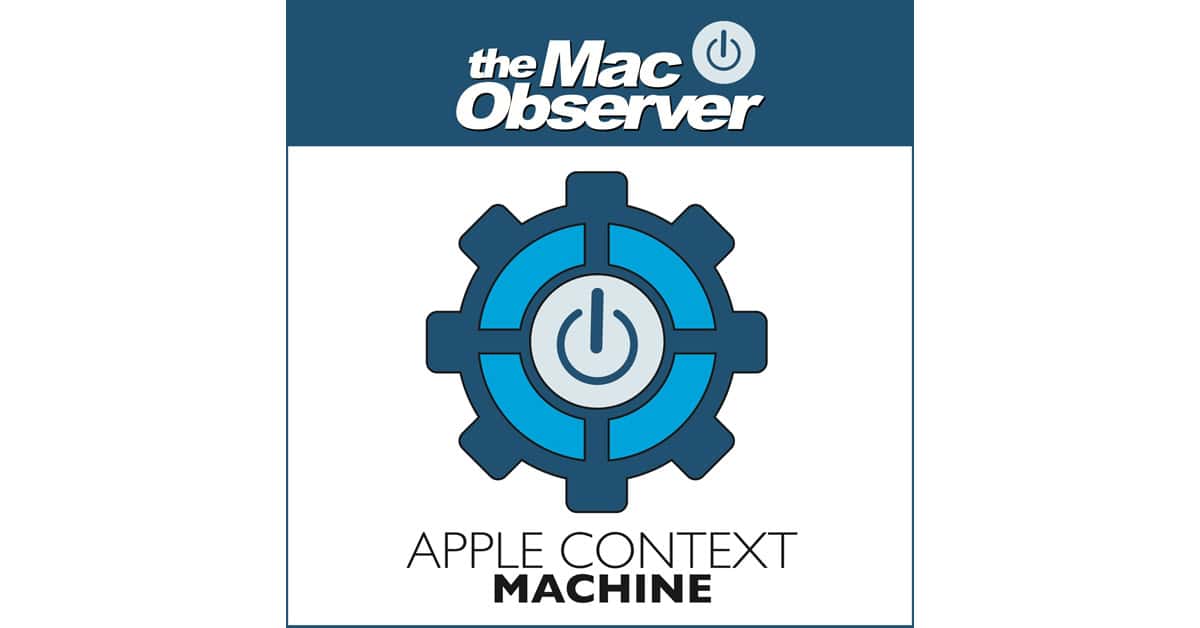Apple’s Deep Fusion technology blends multiple photo exposures together in a way that gives you more details than regular HDR. It requires the A13 chip so it only works on the iPhone 11 models. It appeared in the developer beta that was released today.
On wide lens shots, it will start to be active just above the roughly 10 lux floor where Night Mode kicks in. The top of the range of scenes where it is active is variable depending on light source. On the telephoto lens, it will be active in all but the brightest situations where Smart HDR will take over, providing a better result due to the abundance of highlights…
The overall result, Apple says, results in better skin transitions, better clothing detail and better crispness at the edges of moving subjects.
This is some “next level” stuff for iPhone photographers, and I can’t wait to see comparisons of Deep Fusion: On versus Deep Fusion: Off photos.
